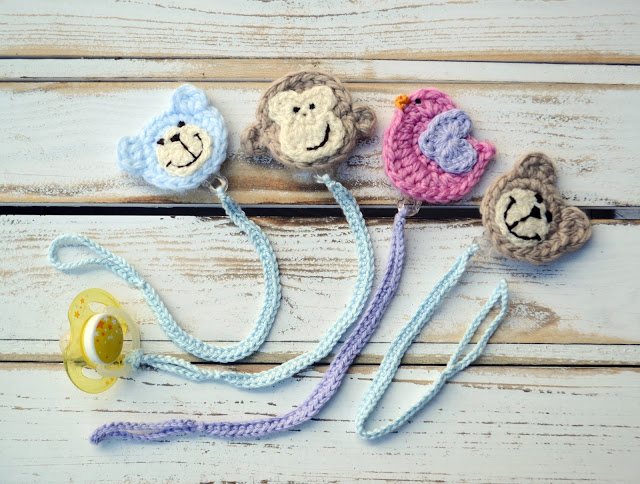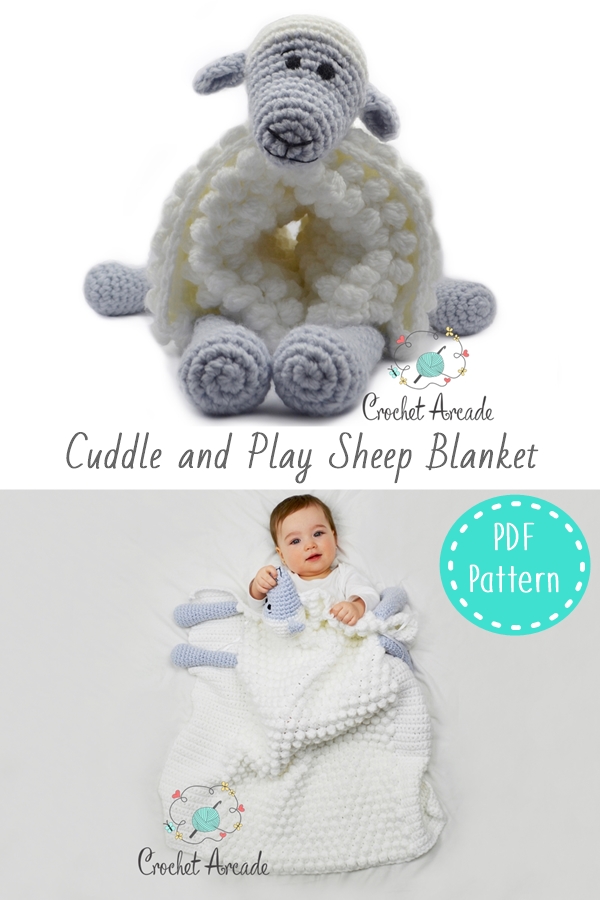This is the question I was asking myself when I first started to sell my crochet items. I couldn’t find the right answer anywhere so I had to figure it out myself.
First, you need to ask yourself what sort of crochet business would you like to run? Do you even want your crochet passion to be turned into a business or would you just like to earn a bit of extra money?

Here are some ideas for you:
You can value your crochet items as a ‘normal’ business would do.
Having economics degree and working as an accountant I took what I’ve learned and made this simple calculation when pricing my items:
Product price = Material’s Cost + Labor Cost + Margin
Material’s Cost – This is the cost of skeins of the yarn you used to make your item also any other materials like zips, straps, fabric, buttons and any other embelishments.
Labor Cost – This is the cost of your time to make the item. You have to come up with an hourly rate you think is fair for this sort of work. I would say don’t take less than the minimum wage which applies in the country you live in. Also remember to only calculate the time of the actual crocheting. Very often we crochet while watching Tv, we take breaks or make the item over the period of few days and loose the track of hours. Remember to note on the side the actual time you spend on the project while working fast and effectively (rather than crocheting and chatting with a friend at the same time for example). Where possible try making the item in one go and measure the time from beginning to the end of the project.
TIP: Most of the crocheters will value their crochet items on the time it takes them to make it. To make sure you are not making similar type of item too quick or too slow (resulting in charging too little or too much), do a comparison on the websites like eBay or Etsy and check what the others are selling their crochet items for. If you’re a beginner and just recently learned to crochet it’s possible that you crochet much slower than the more experienced crocheters, therefore you will need to reduce the time you use to calculate the price.
Margin – This is the profit you would like to make on the item. For example, you can add 10% of all the costs as your margin. So after paying for the cost of your time and materials this is technically what you earned on the sale of your crochet item.
In the above calculation I didn’t include the overheads cost. This is the indirect cost of other things that you bought to be able to make an item like: the pattern, crochet hooks, needles etc. Normally business would take the overheads to the account and calculate the cost per item using this formula:
Total overheads cost per year/items produced per year
But because we are not a manufacturing business we can’t really say how many items we will make out of that one pattern and crochet hooks we usually use for years and years to come.
Example:
Here are some Crochet Dummy Clips I used to make.

It took me about an hour to make one, there was only a little bit of yarn used, small piece of fleece material and a clip that cost £0.20 so my calculations looked like this:
Material’s £0.50 + Labor £6.50 (1 hour)+Margin £0.70=£7.70
So the price I should be selling it is £7.70. In reality I did try to sell the clips for £8 but they weren’t selling too quickly so after few days I dropped the price to £7 and I sold quite a few of them. Note I only sold them locally rather then online.
You can try to do the same and set the price to make some margin first, list the item online and if the item doesn’t sell for a while then consider dropping your price.
Note: Selling things online can be more difficult if you sell large items due to high postage and packaging cost making the total price too expensive. Consider selling locally.
The other costs to think about are:
Selling fees– if you list your items on eBay they will charge you 10% from the sale price and if the buyer pays by PayPal, you will also have a percentage deducted for that so remember to add those costs to the price of your item.
Accountancy cost – once your business will get bigger you might think about employing an accountant do your tax returns on the end of the year, remember about that when setting your margin so it’s high enough to cover the cost of your overheads.
The cost of your time to take pictures of the item, upload it to the selling website or cost of your time and money to to the craft fair where you sell your items. Also the time you spend advertising your items and liaising with customers.
Hand Made Factor
I personally think that as well as the costs in point 1 we should add to the price something that I call Hand Made Factor. So additional amount the customer should pay for buying the handmade, original and often personalized item. On the end of the day, crochet teddy bear made by hand with love it’s not the same thing that the one that just came off the mass production line. Taking about handmade teddies this is the one’s I was making once upon a time.
Artistic Factor
Certain crocheters got so advanced in the art of crochet that they go beyond blankets and amigurumi. They create individual items that are one of the kind and original for example freeform crochet. It’s hard to put the price on the art and I guess it all depends on how famous and known the artist is.
CONCLUSION
Now if we could achieve the price based on the above calculations it would be fantastic! Unfortunately, the reality is different and it’s so hard to sell anything above the cost of your actual time and sometimes you’re made to sell the item for less than your costs. There are couple of reasons why:
1) Some crocheters price their crochet items for less than the cost of the actual yarn 🙁 and I’ve seen many cases of it. I presume it’s because they treat crochet only as a hobby and not as a business or possibly are too shy to ask for more.
2) Because of the above, our potential customers are used to seeing those extremely low prices and are not prepared to pay more for items from other more expensive crocheters. They’re probably not realizing how long it takes to make something like this. Also, they might be comparing our crochet version to the similar non-crochet item that is cheaper and not seeing the value in ‘hand made factor’.
On the positive note, there are some ways to achieve a better price for your crochet items and make it more saleable. Visit my blog tomorrow to see the post on the ‘TIPS TO SELL CROCHET ITEMS FOR MORE’ 🙂









